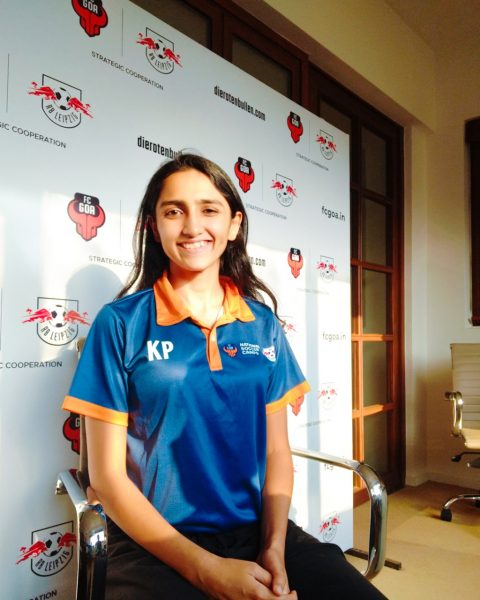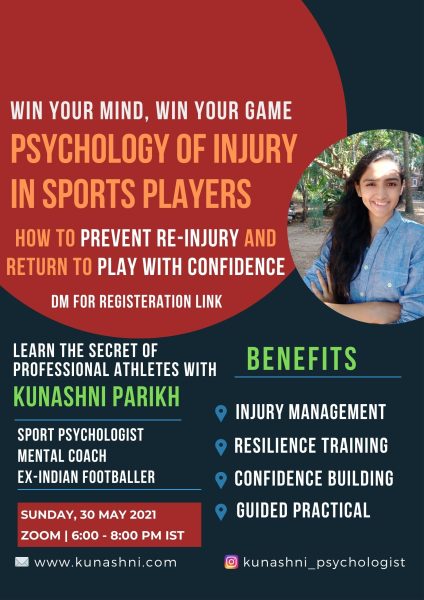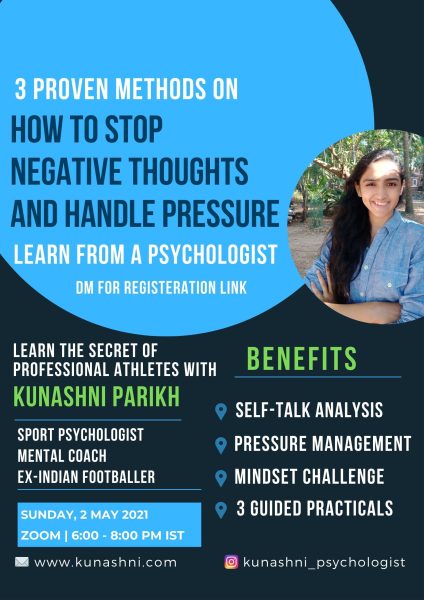The Science Behind Visualization
Research in sports psychology has shown that visualization can have a significant impact on performance. But why does it work? The answer lies in the brain’s neural networks. When we visualize a performance, our brain activates the same neural pathways as if we were actually performing the action. This is due to the presence of mirror neurons, which fire both when we perform an action and when we observe or imagine someone else performing the same action.
In essence, our brain can’t tell the difference between a real and imagined performance. This means that when we visualize ourselves succeeding, our brain is processing the experience as if it’s real, building confidence and reinforcing positive habits.
Elite Athletes Who Use Visualization
- Michael Jordan, the legendary basketball player, would visualize himself making game-winning shots before each game.
- Tiger Woods, the golfing superstar, has spoken about visualizing his swings and shots before each round.
- Simone Biles, the Olympic gymnast, uses visualization to perfect her routines and build mental toughness.
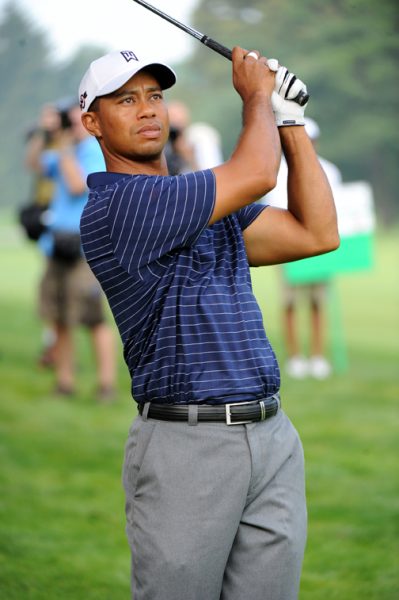
How to Make Visualization Work for You
- Find a quiet and comfortable space: Identify a quiet, comfortable spot where you can relax and focus.
- Set a clear goal: Define what you want to achieve through visualization. Be specific and focused.
- Use all your senses: Imagine the sights, sounds, smells, and feelings associated with your performance. Make it as realistic as possible.
- Visualize in the present moment: See yourself performing in the present, not in the future. Use present-tense language, such as “I am sinking this shot.”
- Focus on the process, not just the outcome: Visualize yourself executing the skills and actions required to achieve your goal.
- Practice regularly: Make visualization a regular part of your training routine, ideally 10-15 minutes a day.
- Combine with physical practice: Use visualization to reinforce physical practice, and vice versa.
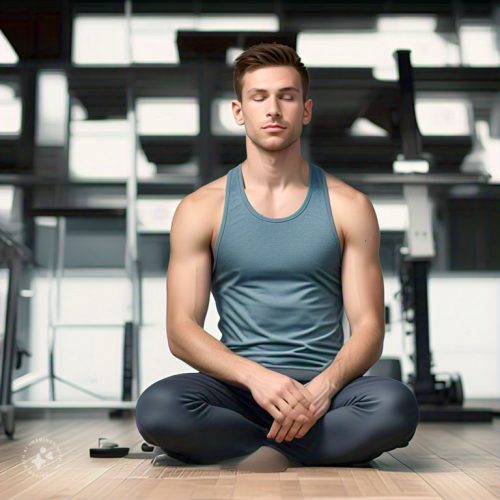
Tips for Making Visualization Feel Realistic
- Use a first-person perspective, as if you’re experiencing the performance firsthand.
- Incorporate emotions, such as excitement, focus, or calmness.
- Visualize yourself overcoming challenges and setbacks.
- Use visualization to rehearse different scenarios and outcomes.
Conclusion
Visualization is a powerful tool for building mental toughness in sports. By harnessing the power of your brain’s neural networks, you can develop the confidence and resilience needed to perform at your best under pressure. Remember, elite athletes use visualization to gain a competitive edge – now it’s your turn. Take control of your mental game, and unleash your full potential. Start visualizing your success today!




